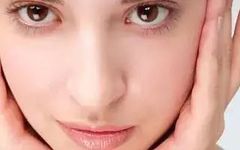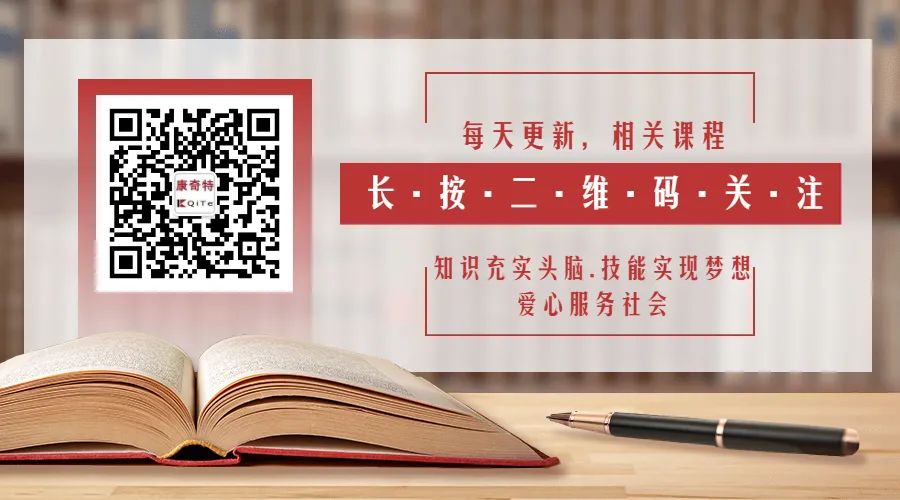
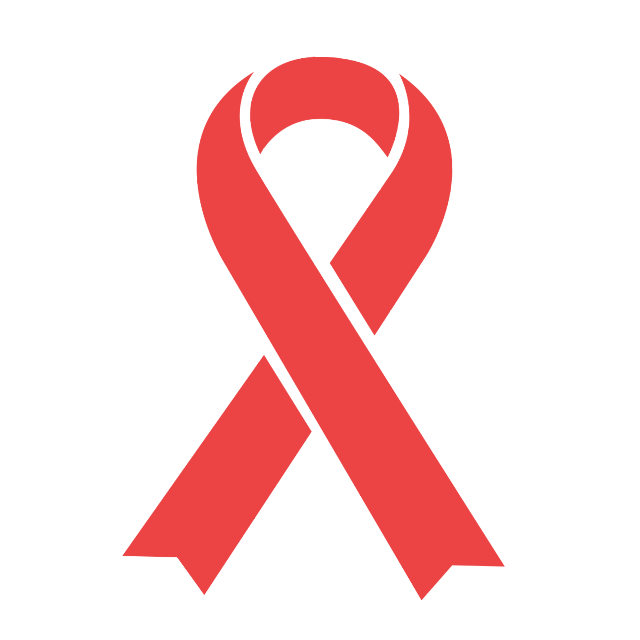
Cupping therapy is a traditional Chinese health practice that utilizes methods such as burning, suction, and pressure to remove air from the cup, creating a negative pressure that adheres the cup to the body’s meridians or affected areas to treat diseases. It is effective in alleviating conditions such as stiff neck, neck pain, and indigestion.
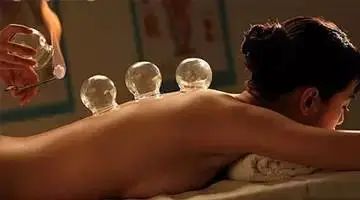
Effects of Cupping Therapy
1. Promotes overall blood circulation
The negative pressure created by the suction allows the cup to tightly adhere to the skin, pulling on nerves, muscles, blood vessels, and subcutaneous glands, leading to a series of responses in the nervous and endocrine systems, regulating vascular dilation and permeability, thereby improving overall blood circulation.
2. Eliminates toxins from the body
The strong suction of cupping can fully open the sweat pores, enhancing the function of sweat and sebaceous glands, causing the shedding of aged skin cells, thus accelerating the expulsion of toxins and waste from the body.
3. Warming effect
When the body is invaded by external factors such as wind, cold, heat, dampness, dryness, or fire (the six pathogenic factors), it can disrupt the normal physiological functions of the organs, leading to blood stasis, qi stagnation, phlegm, food retention, and other pathogenic factors that travel through the meridians and accumulate at acupoints, disrupting the flow of qi and blood.
Cupping can expel the six pathogenic factors, promote qi and blood flow, and relieve meridian blockages. Its warming effect can dilate blood vessels, increase blood flow, and enhance vascular permeability.
Traditional Chinese Medicine (TCM) believes that cupping can unblock the meridians, adjust qi and blood, and balance yin and yang. The meridians have physiological functions such as “regulating qi and blood, nourishing yin and yang, strengthening muscles and bones, and benefiting joints.” If the meridians are obstructed, qi and blood cannot flow smoothly, leading to various symptoms such as weakness, obesity, skin blemishes, acne, wrinkles, and dryness.
Through the suction effect of cupping on the skin, pores, meridians, and acupoints, it can guide the qi of the body to circulate, invigorate the flow of qi and blood, nourish the organs, warm the skin, and revitalize weakened organ functions, thereby unblocking the meridians, adjusting the body’s yin and yang balance, and regulating qi and blood, ultimately achieving the goals of health, body shaping, and disease prevention.
4. Weight loss effect of cupping
The internal pressure of cupping on specific areas can unblock the meridians, balance qi and blood, adjust endocrine functions, accelerate blood and lymph circulation, and promote gastrointestinal peristalsis, thereby improving digestive functions. This accelerates metabolism, increases heat production and fat consumption, leading to the reduction of both superficial and deep body fat, achieving safe, health-oriented, and rapid weight loss.
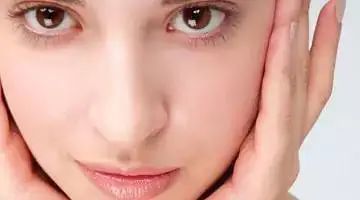
Benefits of Cupping Therapy
1. Relieves soreness and fatigue
Cupping can stretch muscles, increase pain thresholds, and relieve soreness and fatigue. When muscles are tense, local blood flow decreases, leading to tissue ischemia. However, the cupping technique can elongate muscles, increase blood flow, and raise local pain tolerance, allowing muscles to relax and replenish energy.
2. Promotes wound healing
The suction from cupping helps expel pus and toxins, promoting wound healing. The negative pressure from cupping aids in the expulsion of local pus, bacteria, and other substances detrimental to healing, while also stimulating granulation tissue growth and contracting the wound, thus facilitating healing.
3. Enhances immune function
Cupping adjusts immune function and enhances the body’s resistance. The residual blood stasis created by cupping can activate the immune system and has the ability to clear inflammatory substances, serving as a beneficial self-training method.
4. Promotes toxin elimination
Cupping promotes blood circulation and accelerates metabolism. This is due to cupping’s ability to dilate blood vessels, improving local blood circulation and expediting the expulsion of waste and toxins, while also enhancing the nutritional status of local tissues by providing more nutrients and oxygen to cells.
5. Adjusts organ functions
Cupping stimulates the meridians to adjust the functions of internal organs. This is based on the theory that meridians connect to organs, selecting meridians related to specific organs for cupping stimulation. Techniques such as sliding cupping are suitable for addressing respiratory, gastrointestinal, cardiovascular, and gynecological issues, helping to achieve internal functional adjustments through stimulation.
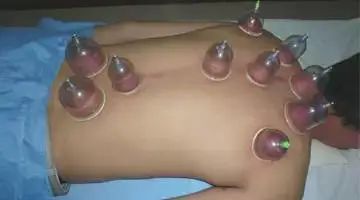
Contraindications for Cupping Therapy
(1) Cupping should not be performed on a full or empty stomach. It is best to wait at least one hour after eating before cupping, and it is not advisable to perform cupping on an empty stomach in the morning.
(2) Ensure to empty the bladder and bowels before cupping. Since cupping takes time, it is recommended to relieve oneself beforehand to avoid discomfort.
(3) Do not perform cupping on the same area every day. Cupping can cause some damage to the skin, so it should not be repeated on the same area to avoid exacerbating skin injury.
(4) Do not perform cupping again before the discoloration from previous cupping has faded. The skin may turn purple after cupping, but this discoloration will resolve on its own without treatment. Avoid cupping again until it has faded to prevent further damage.
(5) Cupping is not recommended during menstruation or on areas with bleeding disorders.
(6) Avoid bathing immediately after cupping, especially with cold water, as it can irritate the skin and lead to infection or injury.
(7) Cupping should not be performed on individuals with high fever, convulsions, or spasms.
(8) Avoid cupping on areas with skin allergies or ulcers.
(9) Cupping is not suitable for areas with thin muscles, uneven bones, or excessive hair.
(10) Pregnant women should exercise caution with cupping on the lumbar and abdominal areas. Since the abdomen houses the uterus, cupping in this area should be avoided unless absolutely necessary.
How to Handle Abnormal Reactions from Cupping
(1) Carefully inspect the cups and discard any that do not meet standards; strictly adhere to operational protocols.
(2) Although cupping is less intense than acupuncture, it still stimulates acupoints. Due to individual differences, responses to stimulation can vary. Therefore, it is best to avoid cupping on patients who are hungry, fatigued, mentally stressed, or have consumed alcohol, especially on sensitive acupoints like Hegu (LI4) and Taichong (LR3). Ensure the environment is not too cold to prevent discomfort.
(3) After applying the cups, frequently ask the patient about their feelings and observe changes in the skin under the cups. If the patient reports excessive tightness, pain, or burning sensations (a mild burning sensation from medicated cups is normal), gently press the soft tissue around the cup’s edge to create a small gap, or if using a suction cup, slightly loosen the air valve to reduce the internal pressure.
If using multiple cups, check if they are too close together and adjust as necessary. If discomfort persists after these adjustments, remove the cups for inspection. If blisters form on the skin, remove the cups and apply a purple medicine solution, covering it to prevent infection.
(4) When using needle cupping, if the needle site is excessively painful or if the pain radiates to other areas, adjust the depth or angle of the needle and wait for the discomfort to subside before continuing cupping.
(5) If the patient experiences dizziness during cupping, remain calm. Loosen their clothing, offer warm water (with sugar if desired), and keep them warm. If symptoms persist after these measures, remove the cups and have the patient lie flat. If symptoms worsen (e.g., fainting, low blood pressure), elevate their legs and apply pressure to acupoints like Renzhong (DU26) or Shixuan (PC8), or gently massage points like Hegu (LI4), Neiguan (PC6), and Zusanli (ST36).
For excessive cold sweat, use moxa to warm Yongquan (KD1) or Baihui (DU20). If fainting or low blood pressure persists despite these measures, consider using a central nervous system stimulant or intravenous fluids.
WeChat Official Account of Kangqi Professional Skills Training School: kangqitexuexiao
Address: 264 Dacheng Street, Nangang District, Harbin (intersection of Dacheng Street and Youzheng Street)
Consultation: 0451-53635186/87531162 18246178388/15846003580
Training Specialties: TCM Acupuncture, Adult Massage, Bone Setting, Lactation Health, Pediatric Massage, Infant Care, Elderly Care, Career Guidance, Folk Craftsmanship, Internet Marketing, Entrepreneurship Guidance, Beauty Therapy, Elderly Health Assessment, Health Massage, Tea Art, Health Management, Agricultural Management, E-commerce, Multimedia Operations, Psychological Counseling.

